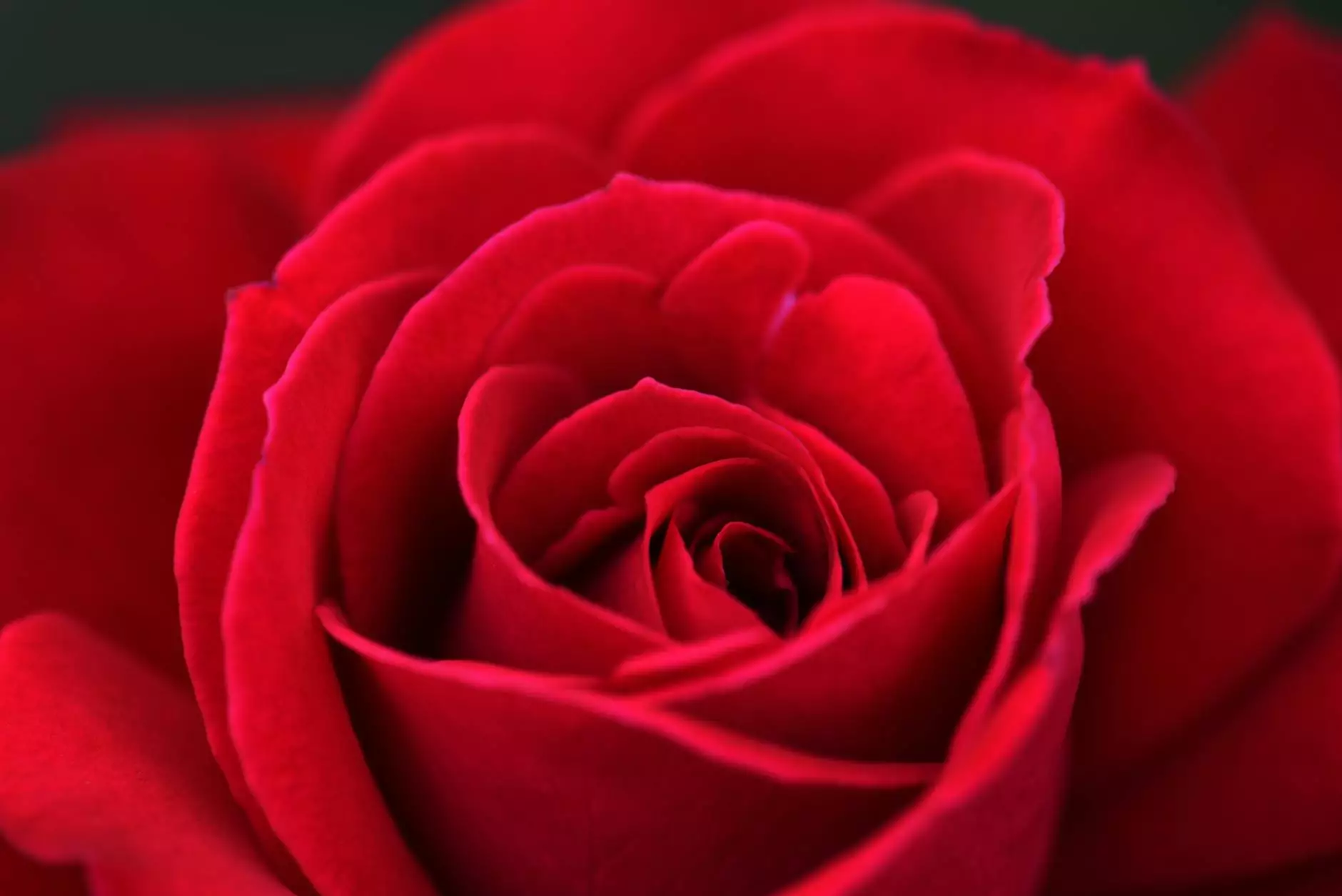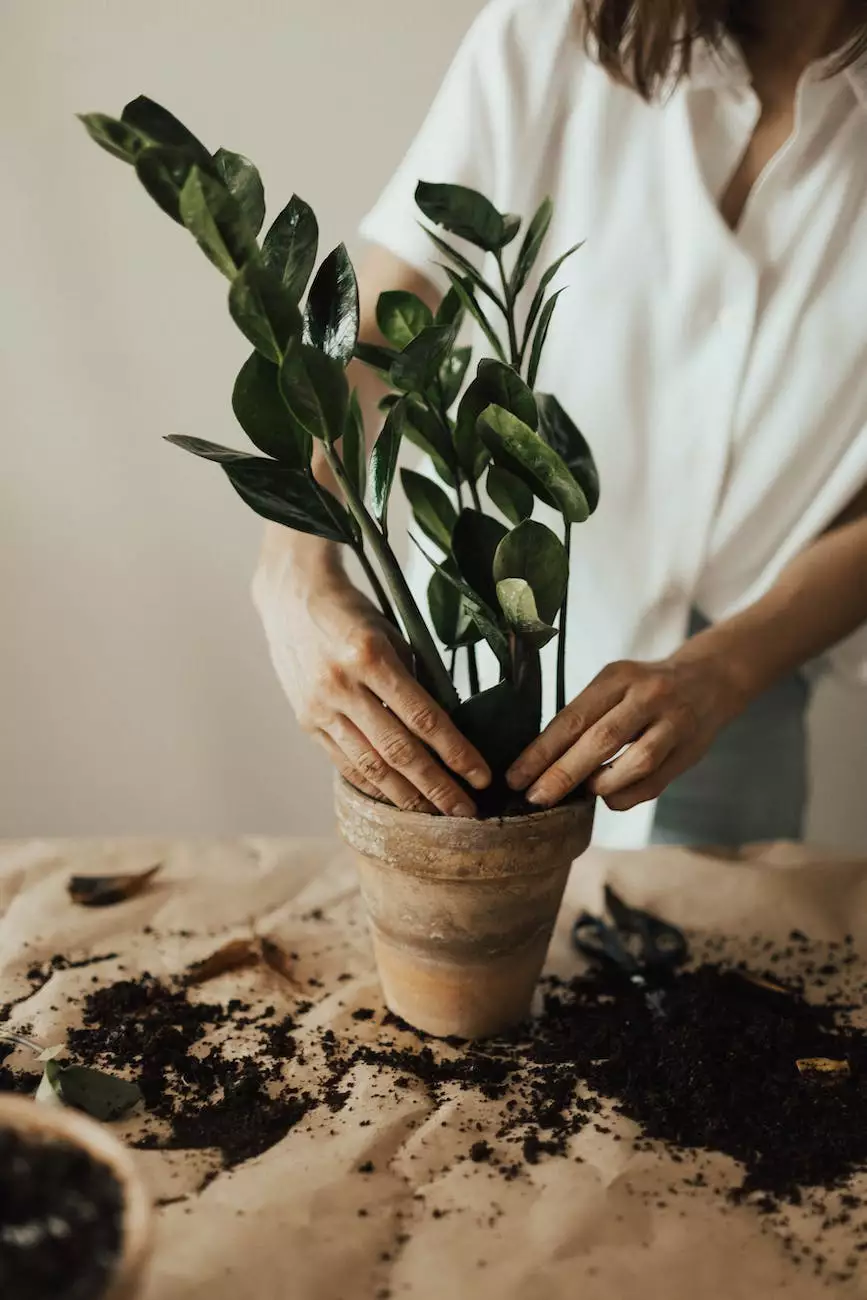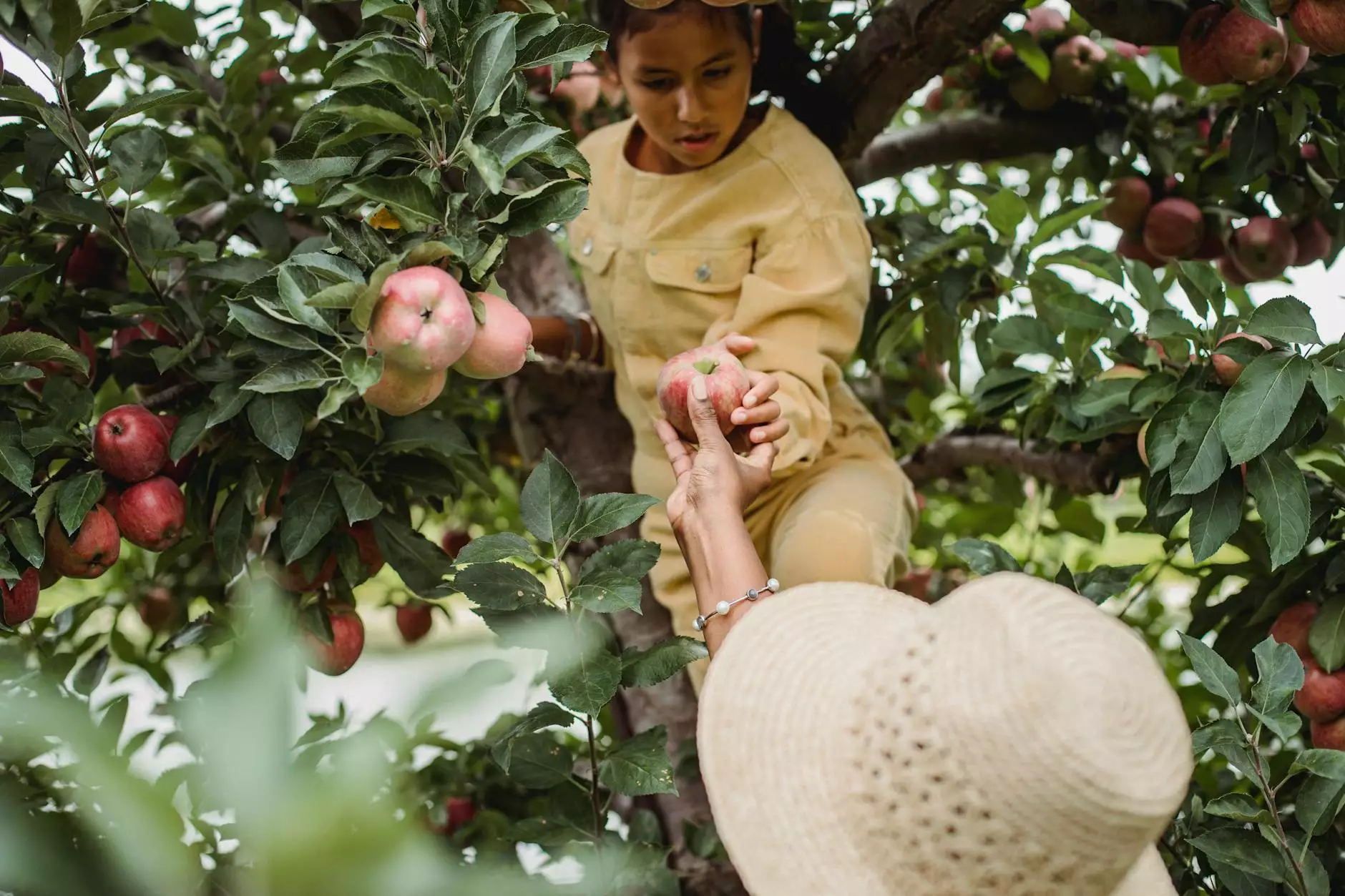Petunia Varieties and Care

Introduction
Welcome to La Venezia Art & Fashion's guide on petunia varieties and care. In this comprehensive article, we will explore different types of petunias and provide expert advice on how to grow and care for these popular flowering plants. Whether you are a seasoned gardener or a beginner, this guide will help you create stunning petunia displays in your garden.
Types of Petunias
Petunias are known for their vibrant colors and versatility. There are several different types of petunias, each with its unique characteristics and growing requirements:
1. Grandiflora Petunias
Grandiflora petunias are known for their large, showy flowers. They come in a wide range of colors and patterns, making them ideal for creating eye-catching displays. These petunias require full sun and well-drained soil.
2. Multiflora Petunias
Multiflora petunias produce smaller flowers but make up for it by offering a greater number of blooms. They are more tolerant of adverse weather conditions and have a bushier growth habit. Multiflora petunias are perfect for hanging baskets and containers.
3. Wave Petunias
Wave petunias are known for their spreading growth habit and ability to trail over edges. These low-maintenance petunias are excellent for ground cover or cascading down from flower beds. They are resistant to diseases and require minimal deadheading.
4. Surfinia Petunias
Surfinia petunias are a type of trailing petunias that produce long, cascading blooms. They are perfect for hanging baskets, window boxes, or spilling over the edges of containers. Surfinia petunias thrive in full sun to partial shade.
5. Cascadia Petunias
Cascadia petunias are another excellent choice for containers and hanging baskets. They have a mounding growth habit and produce an abundance of flowers. Cascadia petunias are available in various colors and are known for their heat and rain tolerance.
Care Tips
1. Planting Petunias
When planting petunias, choose a location that receives at least six hours of direct sunlight per day. Ensure the soil is well-drained and enriched with organic matter. Dig a hole slightly larger than the root ball, place the petunia plant, and backfill with soil. Water thoroughly after planting.
2. Watering
Petunias need regular watering to thrive. Water deeply but allow the soil to dry slightly between waterings. Avoid overwatering, as it may lead to root rot. Consider using a soaker hose or drip irrigation system to deliver water directly to the roots.
3. Fertilizing
Feed petunias with a balanced, slow-release fertilizer to promote healthy growth and abundant blooms. Follow the manufacturer's instructions for application rates. It's best to fertilize petunias every 4-6 weeks during the growing season.
4. Deadheading
Regular deadheading encourages continuous blooming. Remove faded flowers by pinching them off at the base. Deadheading redirects the plant's energy towards producing new blooms, resulting in a longer flowering period.
5. Pests and Diseases
Common pests that may affect petunias include aphids, snails, and slugs. Monitor your plants regularly and take action at the first signs of infestation. Neem oil or insecticidal soaps can be used to control pests. To prevent diseases, avoid overhead watering and provide adequate air circulation.
Conclusion
In conclusion, petunias are versatile and colorful flowers that can add beauty to any garden. By choosing the right petunia variety and following proper care guidelines, you can enjoy a fantastic display of blooms throughout the growing season. La Venezia Art & Fashion hopes that this guide has provided you with valuable information to help you grow and care for petunias successfully.










